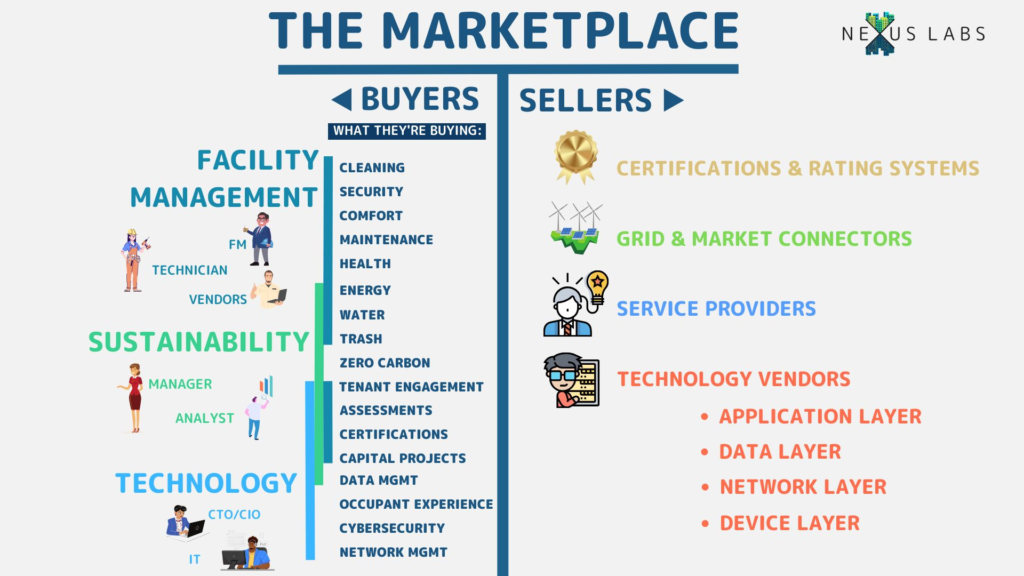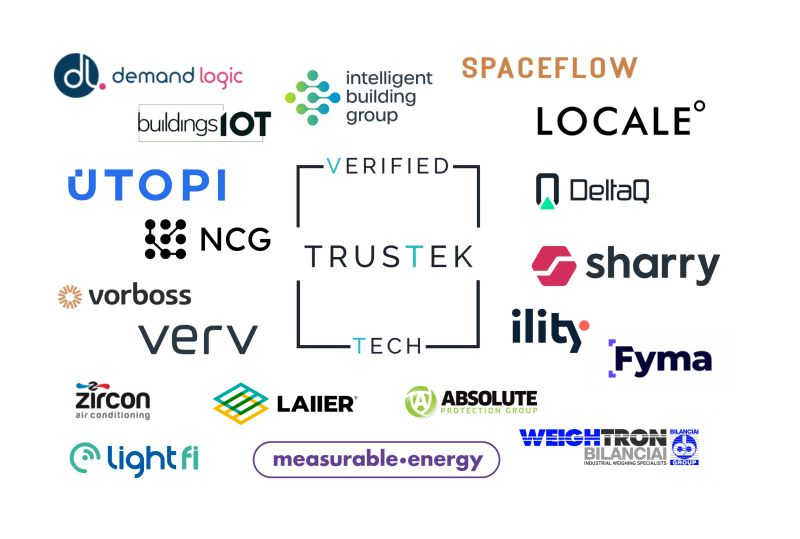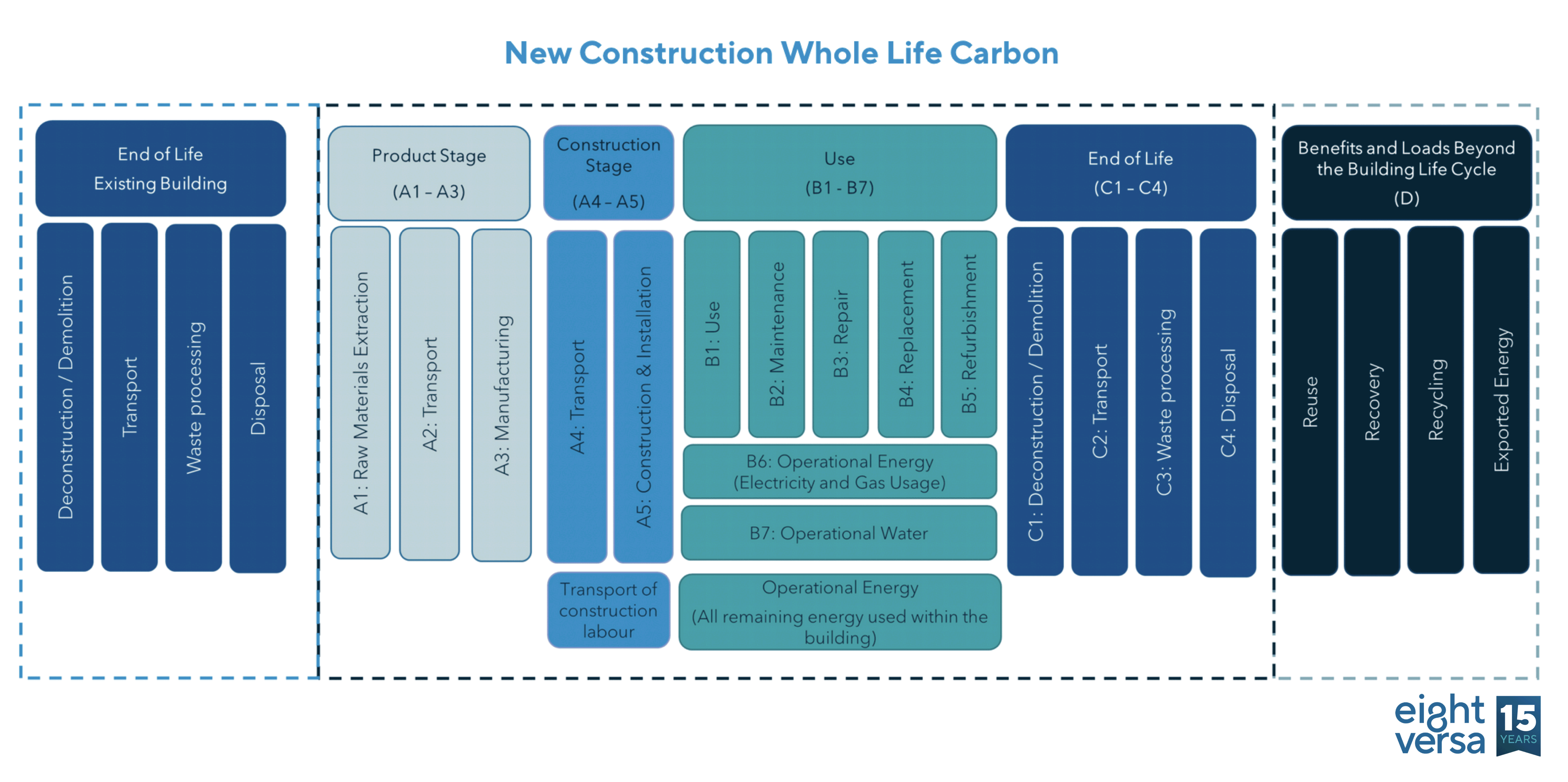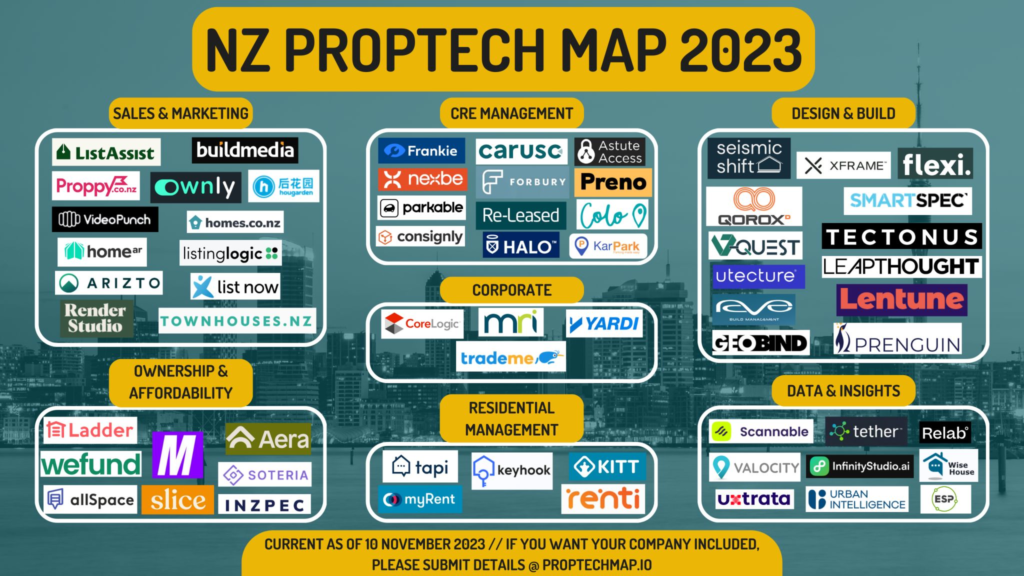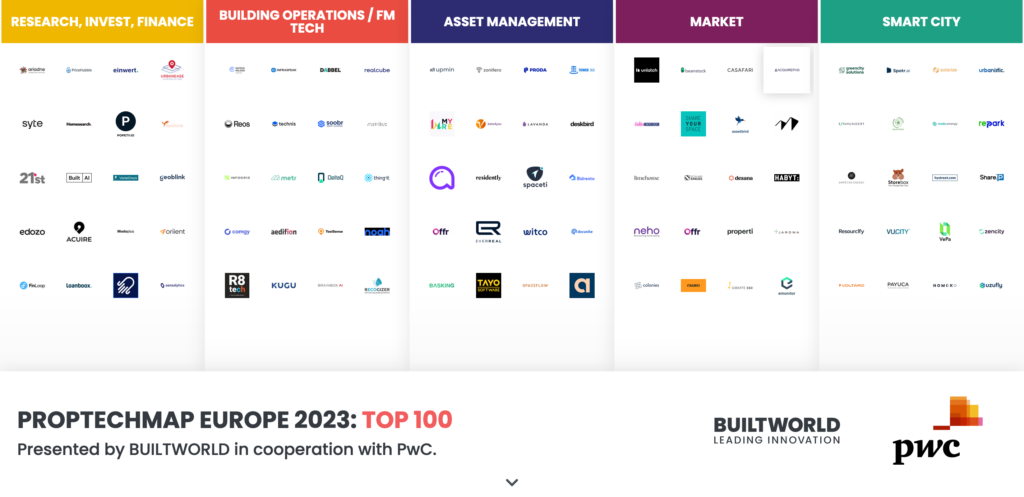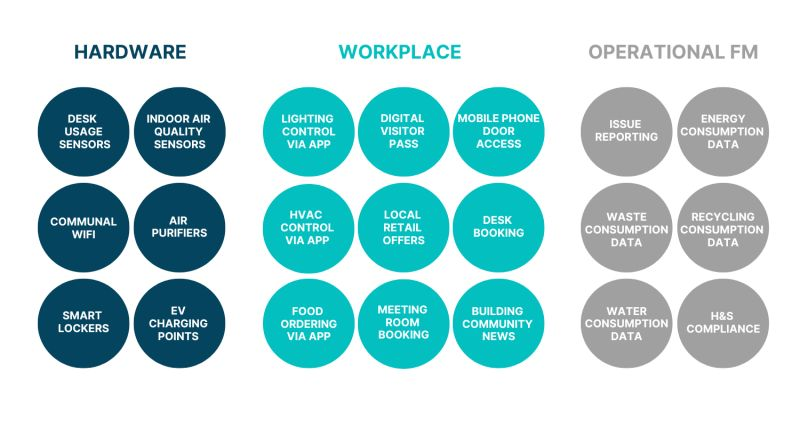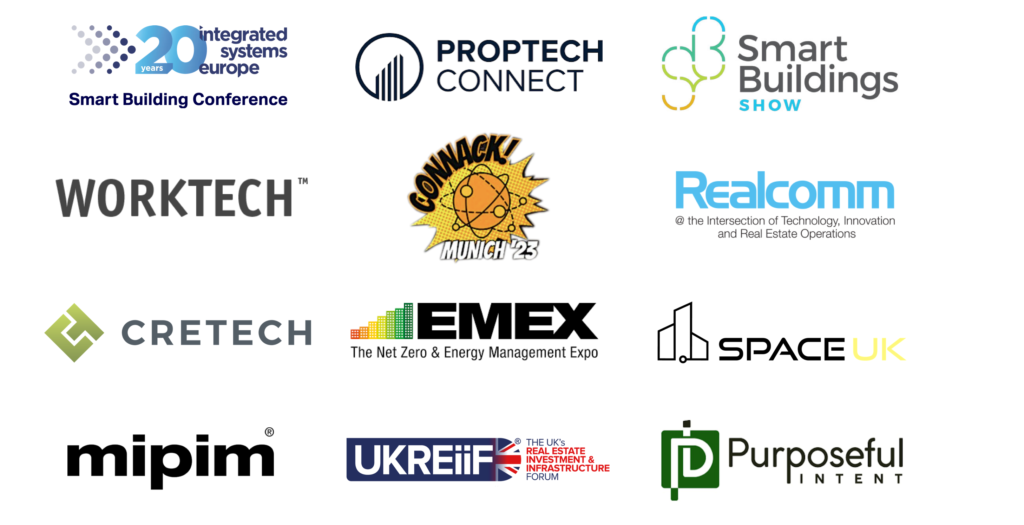
I recently joined a PropTech WhatsApp group and asked what events they recommended and why, some of which I have included above along with others I have been to and have been recommended to me. I am not advocating any of them although I did moderate a panel as the Smart Buildings Show this year. I have highlighted them because of an observation I made in the WhatsApp group about how much ground PropTech covers including if and how lines blur with related areas like WorkTech, as well as if some are sub-sets, e.g. ConTech and Smart Buildings technologies.




